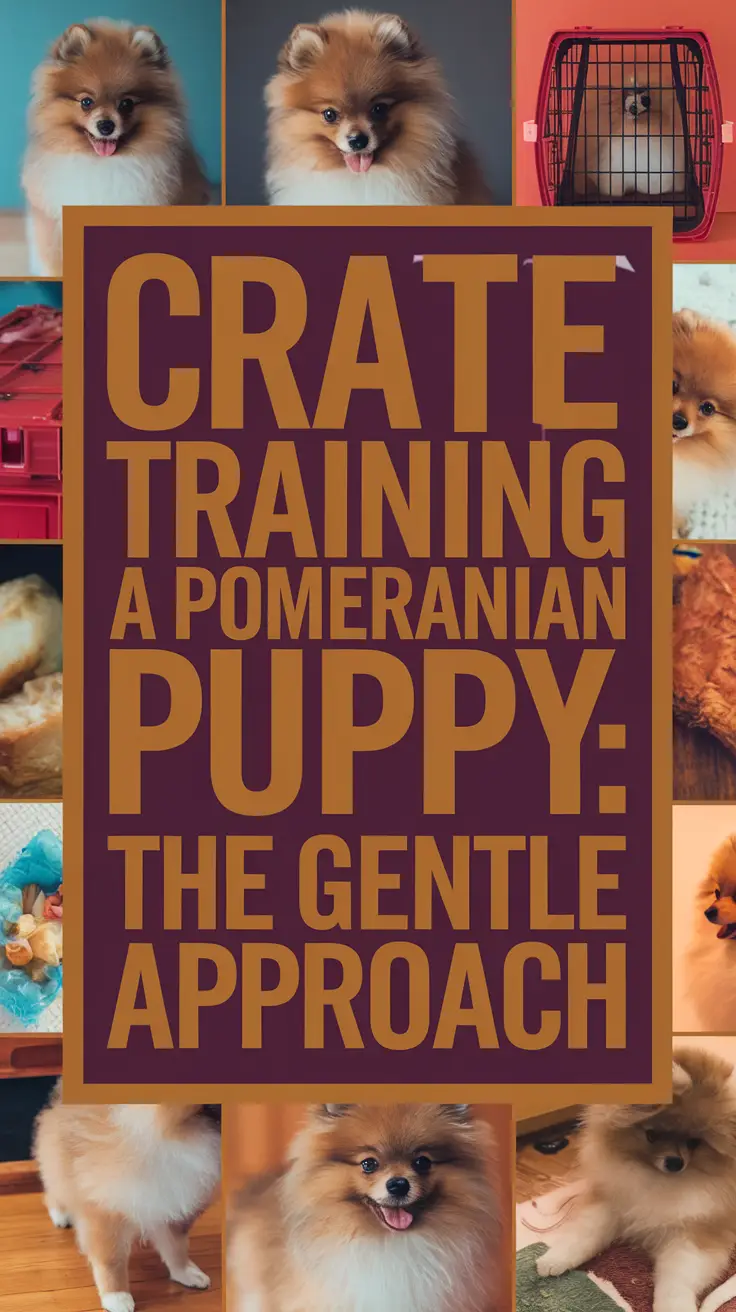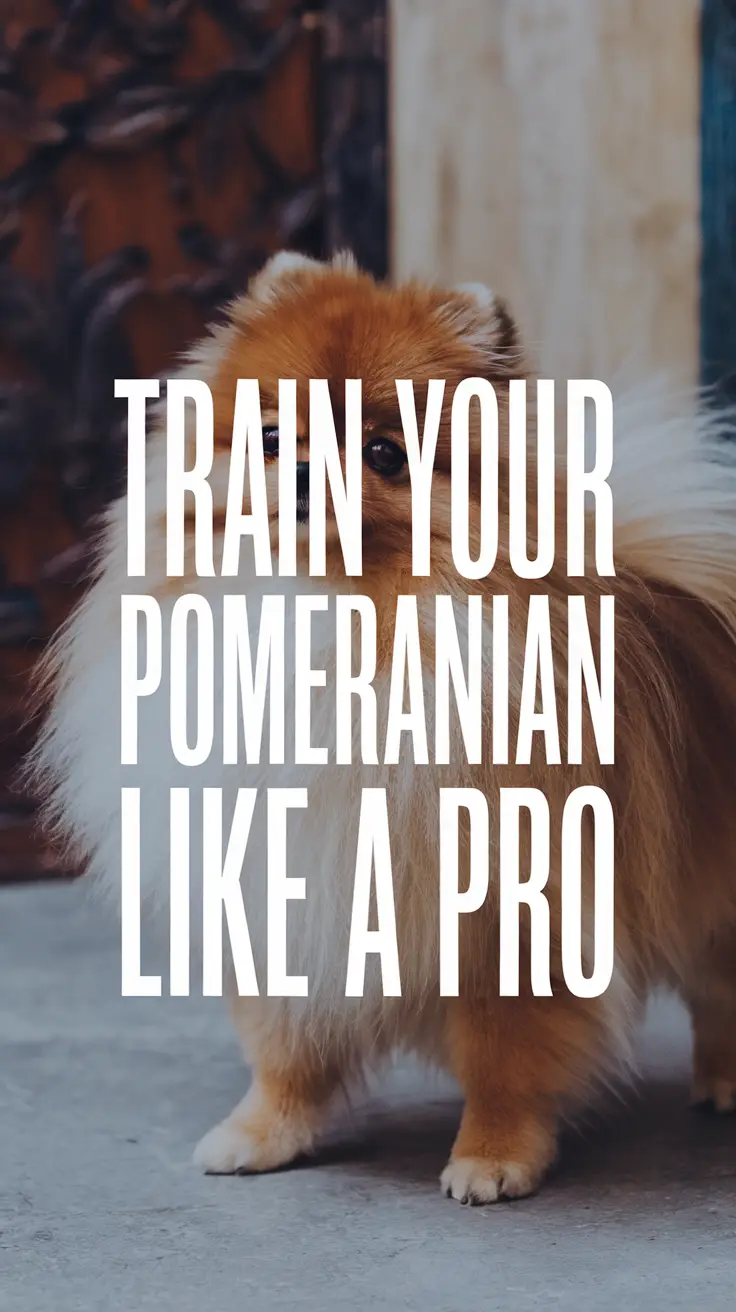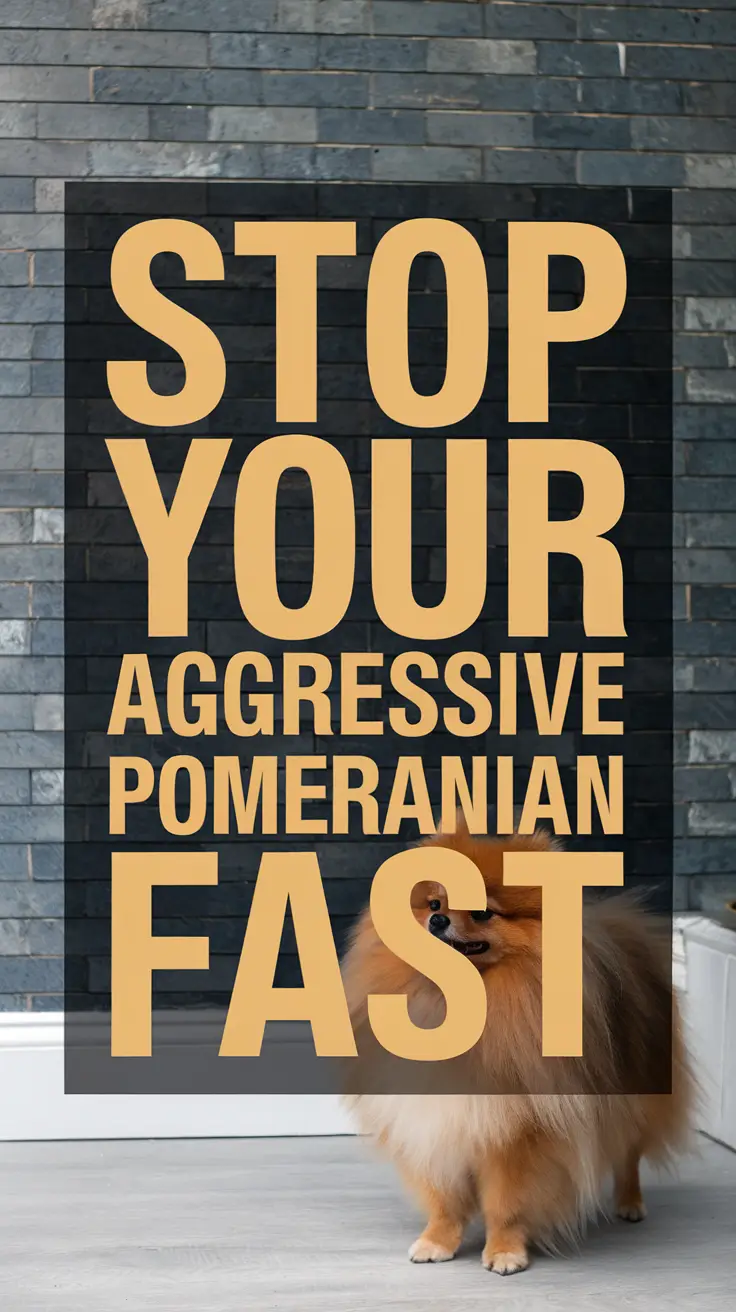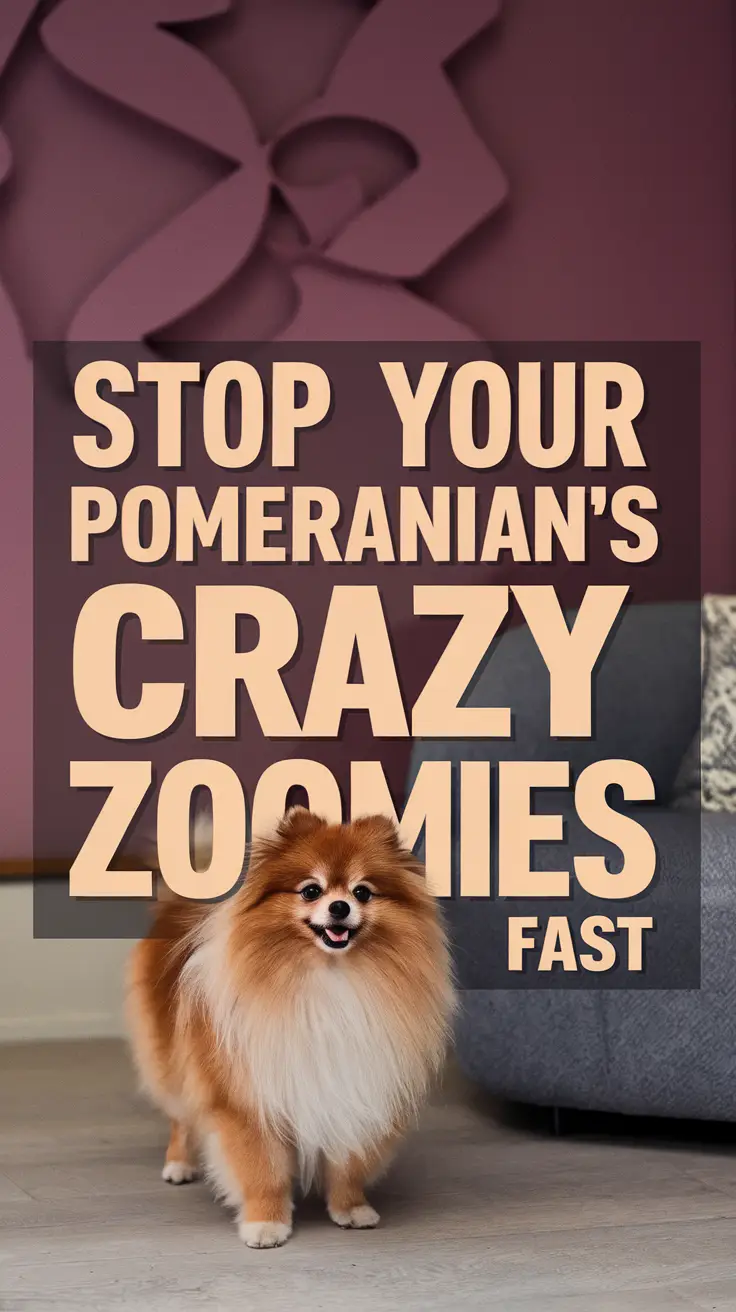Crate Training a Pomeranian Puppy: The Gentle Approach
Picture this: you’ve just brought home an adorable Pomeranian puppy who looks like a tiny, fluffy cloud with legs. Within hours, that angelic face has transformed your favorite shoes into modern art and turned your carpet into their personal bathroom. Sound familiar? I remember when my Sash was just eight weeks old – she had the bladder capacity of a thimble and the destructive power of a tiny tornado. That’s when I discovered that crate training wasn’t just helpful for Pomeranians; it was absolutely essential for maintaining both my sanity and my home!
Here are the three key insights that will transform your crate training journey:
- Pomeranians respond best to positive reinforcement and gradual introduction rather than forced confinement
- Size matters tremendously – too big creates accidents, too small creates anxiety
- Consistency with timing and routine accelerates success while building trust
Understanding Your Pomeranian’s Unique Needs
Pomeranians aren’t just small dogs – they’re big personalities packed into tiny bodies. According to the American Kennel Club, Pomeranians typically weigh between 3-7 pounds, which means their bladders are proportionally small. What does this mean for crate training? Everything! While a Golden Retriever puppy might hold it for 3-4 hours, your Pom puppy will need breaks every 1-2 hours initially.
I learned this the hard way with Sash. During our first week, I followed generic puppy advice and left her crated for three hours. Big mistake! Not only did she have an accident, but she developed such negative associations with the crate that she’d tremble whenever she saw it. Dr. Sarah Martinez, a veterinary behaviorist I consulted, explained that small breeds like Pomeranians have faster metabolisms and smaller bladders, requiring more frequent potty breaks than their larger counterparts.
The Pomeranian Personality Factor
These little dynamos are descended from Arctic spitz dogs, which explains their independent streak and occasional stubbornness. Sash once staged a dramatic protest against her crate by lying flat on her belly and army-crawling away from it – I couldn’t help but laugh at her theatrical performance! This breed’s intelligence works both for and against you during training. They learn quickly but also figure out how to manipulate situations to their advantage.
Choosing the Perfect Crate
Size selection for a Pomeranian crate is like finding Goldilocks’ perfect porridge – it needs to be just right. The crate should be large enough for your puppy to stand, turn around, and lie down comfortably, but not so spacious that they can eliminate in one corner and sleep in another.
| Puppy Age | Recommended Crate Size | Notes |
|---|---|---|
| 8-12 weeks | 18″ x 12″ x 14″ | Perfect for early training |
| 3-6 months | 24″ x 18″ x 19″ | Accommodates growth spurts |
| Adult size | 24″ x 18″ x 21″ | Final size for most Poms |
I made the rookie mistake of buying Sash’s “forever crate” immediately, thinking I’d save money. Wrong! The oversized space encouraged accidents because she could potty in one corner and sleep in another. After consulting with a professional dog trainer, I invested in an adjustable crate with dividers – money well spent!
Material Matters
Wire crates offer excellent ventilation and visibility, which helps anxious Pomeranians feel less isolated. However, some Poms prefer the den-like security of plastic crates. Sash initially preferred her wire crate covered with a blanket on three sides – creating a cozy cave while maintaining visibility of family activities.
The Gentle Introduction Process
Forget the “throw them in and let them cry it out” mentality. Pomeranians are sensitive souls who respond much better to gradual, positive introductions. Think of crate training like teaching someone to love Brussels sprouts – rushing the process guarantees failure!
Week One: Making Friends with the Crate
Start by feeding your puppy near the crate with the door completely removed or propped open. Sash was so food-motivated that within two days, she was voluntarily stepping inside to eat. Toss high-value treats into the crate throughout the day, allowing your puppy to come and go freely. Never force them inside during this phase.
I remember one afternoon when Sash surprised me by voluntarily napping in her crate with the door open – victory! That moment told me she was beginning to view it as her safe space rather than puppy prison.
Week Two: Door Training
Once your puppy enters willingly, begin closing the door for very short periods while they eat. Start with just 30 seconds, gradually increasing duration. If they whine or panic, you’ve moved too fast. Patience is your secret weapon here.
Sash had one particularly challenging day where she’d somehow convinced herself the closing door was a monster. I spent an entire afternoon just opening and closing the door while she ate treats outside the crate, proving the door wasn’t scary. Sometimes you need to take two steps back to move forward.
Timing and Schedule Mastery
Pomeranian puppies need to eliminate approximately every hour per month of age, plus immediately after eating, drinking, playing, or waking up. Create a schedule that sets both of you up for success.
Sample Daily Schedule for 3-Month-Old Pom
- 6:00 AM: Wake up, immediate potty break
- 6:15 AM: Breakfast, then potty break
- 6:45 AM: Crate time while you get ready (30-45 minutes max)
- 7:30 AM: Potty break and playtime
- 9:00 AM: Back to crate for nap
- 11:00 AM: Potty, play, snack, potty again
- 12:30 PM: Crate for afternoon rest
The key is preventing accidents rather than cleaning them up. Every successful potty break outside builds positive habits, while every accident reinforces the wrong behavior.
Common Challenges and Solutions
Even with perfect planning, you’ll encounter bumps in the road. Here are the most common Pomeranian-specific challenges I’ve witnessed and conquered:
The Drama Queen Syndrome
Pomeranians are natural performers. Sash once threw such an Oscar-worthy tantrum about crate time that my neighbor called to check if I was torturing her! The crying, whimpering, and carrying on can break your heart, but consistency is crucial. Responding to dramatic protests teaches them that noise equals freedom.
Solution: Only release them when they’re quiet, even if it’s just for five seconds. This teaches that calm behavior, not dramatics, opens doors.
Separation Anxiety
These velcro dogs often struggle with alone time. Gradual desensitization works better than cold turkey approaches. Start with very short separations and build up slowly.
I discovered that leaving a worn t-shirt in Sash’s crate helped tremendously – my scent provided comfort during my absence. Some owners find that calming pheromone diffusers or soft classical music also help anxious Poms relax.
Size-Related Accidents
Even perfectly housetrained Pomeranians can have accidents due to excitement, fear, or simply waiting too long. Their tiny bladders don’t forgive delays!
Keep realistic expectations and always have a backup plan. I learned to read Sash’s subtle signals – a particular stance, circling behavior, or sudden restlessness – that indicated urgent potty needs.
Advanced Tips for Success
Once basic crate training is established, these advanced strategies will polish your Pomeranian’s skills:
The Power of Choice
Teach a “crate” command that gives your Pom agency in the process. When Sash learned “go to your room,” she felt like she was choosing to go rather than being banished. This simple psychological shift made enormous difference in her attitude.
Comfort Accessories
Invest in proper bedding that’s washable and appropriately sized. Orthopedic foam beds can prevent joint issues, especially important for Pomeranians prone to luxating patella. Avoid anything with stuffing during the puppy phase – trust me on this one!
Full disclosure: I recommend the Kuranda elevated beds for adult Poms because they’re chew-proof and promote air circulation. I have no financial relationship with this company, but after Sash destroyed three regular beds in creative ways, these indestructible options saved my wallet.
Mental Stimulation
Puzzle toys and frozen Kong toys can make crate time more enjoyable. However, supervise initially to ensure your Pom doesn’t create choking hazards. Sash once managed to unstuff a supposedly indestructible toy in record time!
Long-Term Benefits and Maintenance
Properly crate-trained Pomeranians often maintain positive associations with their crates throughout their lives. Sash, now an adult, voluntarily retreats to her crate when overwhelmed or tired. It’s become her personal sanctuary where she knows she won’t be disturbed.
The benefits extend beyond house training. Crate-trained dogs adapt better to veterinary visits, grooming appointments, and travel. When Sash needed surgery for a luxating patella, her comfort with confined spaces made her recovery much less stressful.
Transitioning to Freedom
Most Pomeranians can handle increased freedom around 12-18 months, but this varies by individual. Start with very short periods of house freedom, gradually increasing as they prove trustworthy. Some Poms never fully outgrow the need for crate management during long absences – and that’s perfectly fine!
Final Thoughts
Crate training your Pomeranian puppy using gentle methods isn’t just about creating a well-behaved dog – it’s about building a foundation of trust and communication that will enhance your relationship for years to come. Every patient moment you invest now pays dividends in the confident, secure adult dog your Pom will become. Remember, you’re not just training a puppy; you’re raising a family member who will bring joy, laughter, and the occasional chewed shoe to your life for the next 12-16 years. The gentle approach honors their sensitive nature while still achieving your training goals. Soon enough, you’ll have a perfectly crate-trained companion who views their little den as the best spot in the house – right after your lap, of course!








